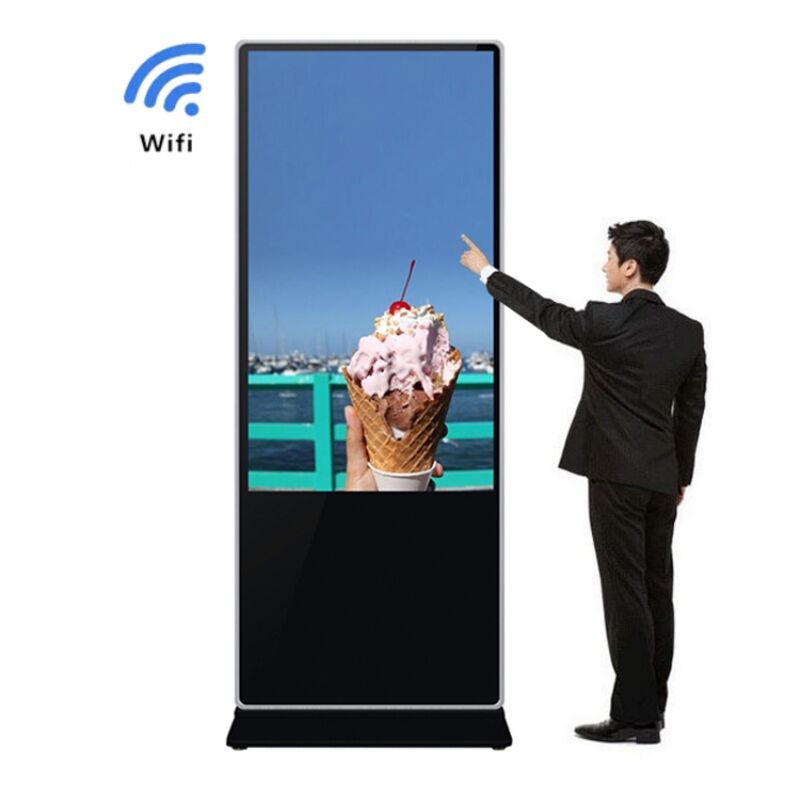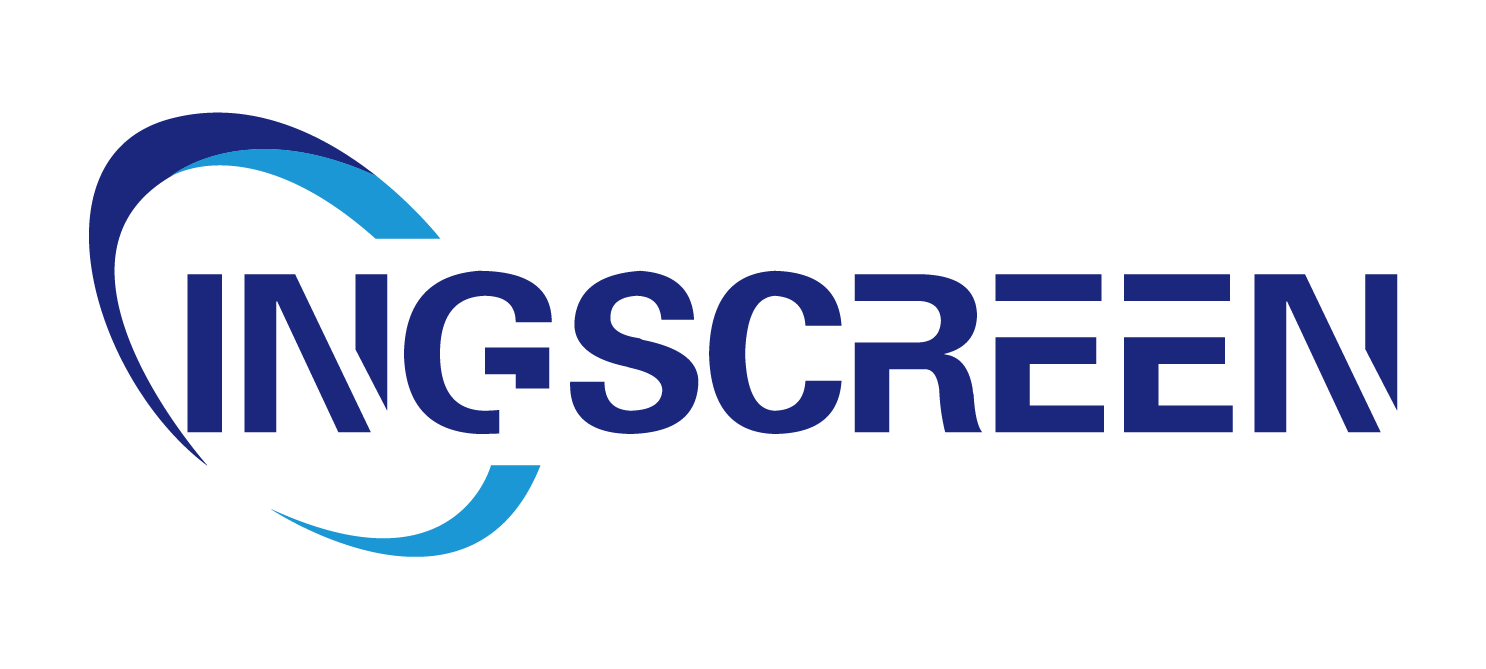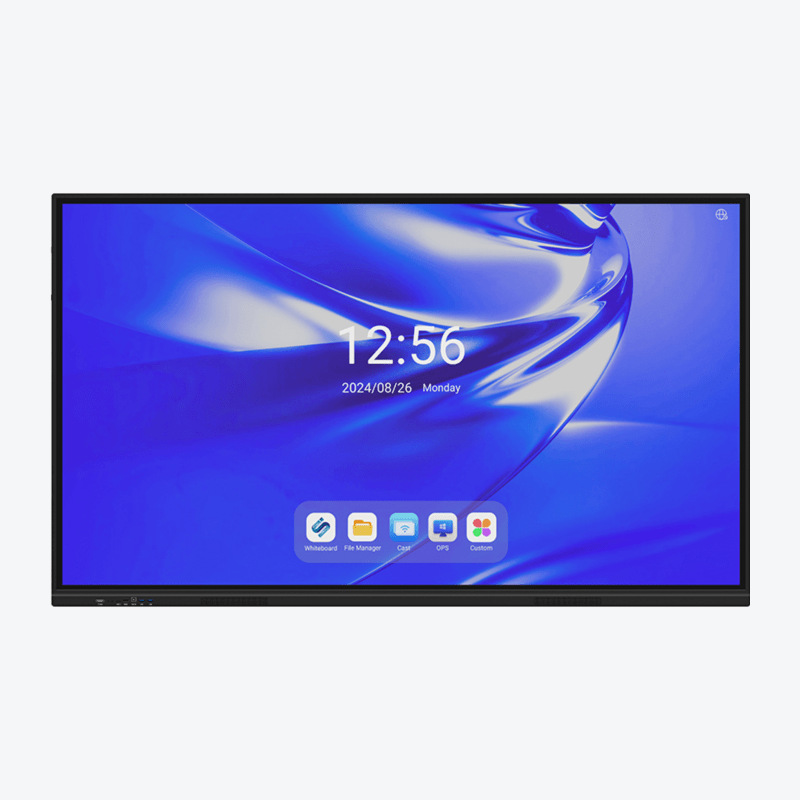How Kiosk Suppliers Are Transforming Government Service Delivery
Case Study: Malaysia's Madani Kiosk Initiative Success Story
The Madani Kiosk initiative in Malaysia represents a significant step towards revolutionizing access to government services. Launched with the objective of integrating over 90 government and private services into a single platform, these kiosks aim to facilitate quicker and more convenient public access. Positioned at strategic locations such as the Alamanda Shopping Centre, they provide services from various government agencies, including the Road Transport Department and the Employees Provident Fund.
The success of the Madani Kiosk initiative is reflected in several key performance indicators, particularly user adoption rates and satisfaction metrics. The kiosks have seen high adoption rates due to their user-friendly design and extensive service coverage. According to local reports, customer wait times have significantly reduced, enhancing overall service delivery efficiency. This demonstrates the potential of kiosks to streamline cumbersome administrative processes.
Demographically, the kiosks cater to a diverse user base, serving citizens from various age groups and backgrounds. The versatility of services ensures that everyone from young adults to senior citizens can find what they need. The initiative offers valuable lessons in terms of scalability, as it shows how such platforms can be tailored to meet the needs of different regions, potentially acting as a model for similar deployment in other areas.
Prince William County's 24/7 Courthouse Kiosk Implementation
In Prince William County, the implementation of a 24/7 courthouse kiosk system marks a progressive shift in legal service delivery. These kiosks are designed to offer round-the-clock access to justice-related services, particularly focusing on legal documentation and procedural information. The intent is to make the legal system more accessible to citizens, eliminating the constraints of traditional office hours.
The impact on access to justice has been profound, as users praise the kiosks for their ease of use and comprehensive functionality. Feedback indicates that these kiosks have demystified many legal processes, making it easier for individuals to manage legal documentation independently. Moreover, initial operational challenges, such as software integration and user interface design, were successfully overcome, showcasing effective problem-solving during implementation.
Looking ahead, there are ambitious plans to expand the capabilities of these kiosks within the legal system. Future enhancements may include interactive features that enable users to directly communicate with legal advisors or access more complex legal services. The County's approach is an exemplary model of how integrating technology can continue evolving to meet public service needs efficiently.
The Role of Kiosk Suppliers in Enhancing Public Service Efficiency
Reducing Queue Times at DMVs and Municipal Centers
Kiosk technology has drastically reduced queue times at DMVs and municipal centers, with statistics showing a significant decrease in wait times post-implementation. For example, in several locations, average wait times have dropped by approximately 30%, enhancing the overall customer experience. This reduction is not only beneficial for users but also for resource allocation, as kiosks alleviate pressure on staff, leading to a reported 20% decrease in workload and improved staff satisfaction. Users have consistently praised the convenience kiosks offer, often highlighting a smoother, faster service compared to traditional methods. Although challenges such as improper use or technical failures may occur, these are typically resolved with routine maintenance and user training, ensuring the benefits far outweigh the drawbacks.
Streamlining License Renewals and Bill Payments Through Self-Service
Kiosks have streamlined the processes of license renewals and bill payments, significantly improving efficiency and convenience. Users can now process these transactions swiftly and securely, reducing the average processing time by about 50%. Enhanced security features, such as encryption and secure access protocols, play a vital role in building user trust in these self-service transactions. Financially, kiosks aid government revenue cycles by accelerating payments and reducing processing costs. Interestingly, a diverse range of user demographics interacts with these kiosks, from tech-savvy young adults to older generations less familiar with technology, indicating broad acceptance.
Ensuring Accessibility: ADA-Compliant Kiosks for Inclusive Government Services
Voice Guidance and Screen Reader Compatibility Features
ADA compliance is crucial in the design and implementation of kiosks to ensure accessibility for all users, including those with disabilities. Kiosks that integrate voice guidance feature prominently in meeting these requirements. This technology narrates options on the screen, allowing users with visual impairments to navigate services independently. A detailed analysis shows that voice guidance significantly enhances user experience by offering an intuitive, user-friendly interface. For instance, when compared to non-ADA-compliant kiosks, ADA-compliant kiosks have received positive feedback from users with disabilities, who appreciate the added layer of convenience and autonomy. Looking ahead, advancements in natural language processing could further improve these interfaces, ensuring even deeper inclusivity and ease of use.
Height-Adjustable Kiosks in Correctional Facilities
Implementing height-adjustable kiosks in correctional facilities addresses the diverse needs of users by offering flexible access tailored to individuals' physical stature. The rationale behind these installations is robust: they promote equality and accessibility for all inmates, fostering a sense of inclusion. Several case studies have demonstrated the success of these kiosks, highlighting user testimonials that praise their easy usability and the empowerment they bring to diverse prison populations. The introduction of such kiosks has implications for rehabilitation, potentially offering smoother interactions with educational and rehabilitative resources. While challenges such as space constraints and integration with existing infrastructure exist, solutions like modular designs have proven effective, facilitating successful implementations across various facilities.
Security Measures in Government Kiosk Systems
Data Encryption Protocols for Sensitive Transactions
Data encryption protocols are a fundamental aspect of security measures in government kiosk systems. These protocols utilize advanced encryption standards (AES) to safeguard sensitive transactions, effectively blocking unauthorized access to data. According to a report by the Identity Theft Resource Center, implementing robust encryption has significantly reduced data breaches, preventing potential identity theft and financial losses. Successful case studies, such as the secure implementation of kiosk systems in city halls, demonstrate the effectiveness of encryption in protecting citizen data. Maintaining data integrity during transactions requires adherence to best practices, such as frequent updates and thorough system audits. Looking ahead, advancements in quantum encryption technology promise even greater security for kiosk transactions.
Multi-Factor Authentication in Tax Payment Kiosks
Multi-factor authentication (MFA) is increasingly vital in enhancing kiosk security, particularly for tax payment systems. MFA requires users to verify their identity using multiple factors—such as a password and a fingerprint—making it more difficult for unauthorized parties to gain access. Statistics reveal that MFA improves transaction safety, with reports indicating a substantial decrease in fraudulent activities once implemented. User feedback often highlights the streamlined experience and heightened sense of security when processing sensitive transactions through kiosks. However, implementing MFA can pose challenges, such as balancing convenience and security during the authentication process. As technologies evolve, future upgrades to security measures will focus on integrating advanced biometrics and adaptable MFA systems to ensure comprehensive protection in kiosk environments.
Global Expansion and Future Trends in Government Kiosk Deployments
Post-Pandemic Adoption in European Transportation Hubs
The post-pandemic period has witnessed a significant rise in kiosk usage, especially in European transportation hubs. Statistics reveal a notable increase in the adoption of kiosks as part of recovery efforts, enhancing travel experience by reducing human contact and expediting processes. Key features such as touchless interfaces and health-check integrations have been crucial in making travel safer and more efficient. Feedback from travelers often highlights the ease of use and improved journey times at these hubs. With these positive responses, emerging trends focus on further integrating health and safety requirements, making kiosks an integral part of travel infrastructure. As travel behaviors continue to evolve, the outlook for kiosks in transportation hubs remains robust, with future developments leaning towards more advanced, health-conscious technologies.

Growth Projections in Asia-Pacific Digital Governance Markets
In the Asia-Pacific region, digital governance markets, particularly those utilizing kiosk technology, experience impressive growth rates. Statistics indicate a compound annual growth rate (CAGR) forecasted to rise significantly, driven by governments pushing for enhanced digital governance capabilities. Notable examples such as kiosk deployments in cities like Singapore and Tokyo effectively streamline processes ranging from license renewals to tax payments, demonstrating successful governance facilitation. However, the adoption and deployment of kiosks across diverse regions present challenges, such as varying degrees of digital literacy and infrastructure differences. Looking ahead, technological advancements, particularly in AI and IoT, are predicted to further shape kiosks' role in digital governance over the next decade, making them more accessible and efficient.
Integration with Smart City Infrastructure Initiatives
Kiosks are becoming essential components in smart city initiatives, integrating seamlessly with urban planning to enhance citizen services. Successful collaborations between kiosk suppliers and city planners showcase how these systems support smart city goals through IoT and AI-powered technologies. For example, in cities like Amsterdam, kiosks linked with public transportation and other smart services offer real-time updates and feedback options for residents. This synchronization benefits users by providing smoother, interconnected service experiences. As technological advancements continue, predictions foresee even deeper integration between kiosks and smart city infrastructures, further optimizing public services and urban living conditions. Kiosks are poised to play a pivotal role in building efficient, responsive urban environments of the future.
FAQs
What is the main goal of the Madani Kiosk initiative in Malaysia?
The main goal is to revolutionize access to government services by integrating over 90 services into a single platform.
How have kiosks improved service delivery in Prince William County?
The kiosks provide 24/7 access to legal services, making the system more accessible and demystifying legal processes for individuals.
What impact have kiosks had on queue times in service centers?
Kiosks have significantly reduced queue times by approximately 30%, improving the customer experience and reducing workload on staff.
Are kiosks accessible to people with disabilities?
Yes, ADA-compliant kiosks with features like voice guidance ensure services are accessible to those with disabilities.
What are the security measures in place for kiosk transactions?
Security measures include data encryption protocols and multi-factor authentication to safeguard sensitive transactions and improve safety.
Table of Contents
- How Kiosk Suppliers Are Transforming Government Service Delivery
- The Role of Kiosk Suppliers in Enhancing Public Service Efficiency
- Ensuring Accessibility: ADA-Compliant Kiosks for Inclusive Government Services
- Security Measures in Government Kiosk Systems
- Global Expansion and Future Trends in Government Kiosk Deployments
- FAQs



